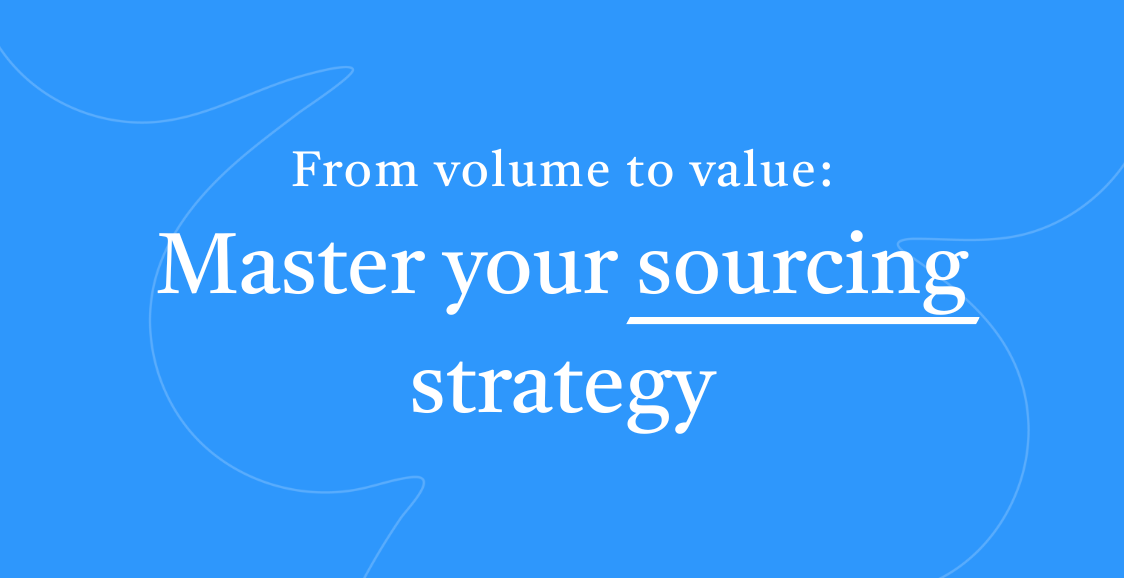In today’s competitive job market, a well-crafted job advertisement can make or break your talent strategy. In this guide, we’ll explore how to tailor your job ads to resonate with candidates, enhance readability, and leverage data for a successful recruitment campaign —informed by data from PageUp, and the expert insights of SEEK’s Matthew Lanciana.
Watch our webinar in partnership with SEEK: Using job listings to engage top talent
Step 1: Understand what candidates want
Recent PageUp research outlined exactly what candidates want to see in job ads. The top 5 results were:
1. Specific Job Requirements
When candidates browse job ads, they’re looking for more than just a vague description. Clearly outline the job responsibilities and required qualifications. Highlight the skills and experience that are essential for success in the role. By being transparent about expectations, you’ll attract candidates who are genuinely interested and well-suited for the position.
2. Clear Job Title
A concise and descriptive job title is a critical component of your job ad. Avoid ‘on-trend’ titles —while Chief Vibes Officer sounds catchy, it doesn’t tell candidates much about the role. Candidates are more likely to engage with a job ad that immediately resonates with their career aspirations. What’s more, a clear descriptive job title is more likely to show up in search engines, meaning candidates actively searching for roles are more likely to find and engage with the job ad.
3. Eligibility Requirements
Don’t leave candidates guessing about their eligibility for the position. Be explicit about the qualifications, experience, or other prerequisites that candidates should possess. This helps to streamline the application process and ensure that candidates who apply are a good fit.
4. Documents Required to Apply
Transparency about the necessary application materials saves candidates time and reduces frustration. Clearly list the documents required, such as resumes, portfolios, or identification, and the format of files that are accepted by your system.
5. Salary Information
Candidates appreciate transparency when it comes to compensation. Including salary information or salary ranges in your job ad can help fast-track the recruitment process by allowing candidates to self-select in or out of the process. In some US states, it is now a legal requirement to include salary information in job ads.
Learn more in our latest report: Candidate experience in 2023 —What really matters?
Step 2: Make your job ad mobile-friendly
Mobile-Friendly Content
32% of applications now happen via mobile. In today’s market, it is imperative to optimiseoptimize your job ads for mobile viewing. Use concise language, short paragraphs, and bullet points to make the content easily digestible. Ensure that your ad’s design is responsive and adaptable to various screen sizes.
Step 3: Make the job ad engaging, and authentic
Embrace video and employee-generated content
Incorporate visual content like videos to provide an inside look at the company culture and workspace. Employee-generated content, such as testimonials, discussion forums or day-in-the-life stories, can add authenticity to your job ad and help candidates envision themselves as part of your team. Video content is especially important on mobile platforms —as it helps to convey vital information, quickly and effectively:
“People are conditioned to watch video on mobile. You don’t have to have a video, but with authentic video, you’re able to tell a story in a way you just can’t in words.”
—Matthew Lanciana, SEEK
Make job descriptions accurate
In today’s dynamic job landscape, capturing candidates’ attention is paramount. The SEEK Belonging Report 2022 highlights a concerning statistic, that 56% of individuals consider leaving a role within the initial 6 months. This heightened churn is primarily due to a misalignment between the advertisedadvertized position and the actual job responsibilities. Ensuring your job ad accurately represents the role is crucial to retaining engaged and satisfied employees.
Step 4: Tailor your job ad to your audience using data
Adjust your messaging to each industry
Different industries have unique expectations and terminologies. Tailor your language and content to resonate with the specific industry you’re recruiting for. This demonstrates a deeper understanding of the field and attracts candidates who are familiar with the industry’s nuances.
Use data for informed decisions
Harness the power of data to optimiseoptimize your job ads. AnalyseAnalyze metrics like click-through rates and application completion rates to refine your ad content and placement strategies. Data-driven decisions enhance your ad’s effectiveness and save valuable resources.
Bonus tip: Apply for a job at your organisationorganization
The best way for talent teams to ensure they are addressing these key steps is to test out their application process. Take the time to view search for, view and apply for roles within your organisationorganization. By doing this, you’ll catch any hiccups or roadblocks within the process and address them —to help craft an efficient hiring process and a candidate experience that stands out. But, don’t forget to test on both desktop and mobile!
Final thoughts
Crafting an exceptional job ad is an art that requires a balance of addressing candidate needs, optimisingoptimizing for mobile, engaging with multimedia, and using data insights. By following these steps, you’ll be well-equipped to create job ads that resonate with top candidates and drive successful recruitment campaigns. Remember, your job ad is often the first interaction candidates have with your company. Make it count!
If you want to learn more about how to engage top talent throughout your application process, you can watch our webinar unpacking the SEEK data here, or download our latest report here.





